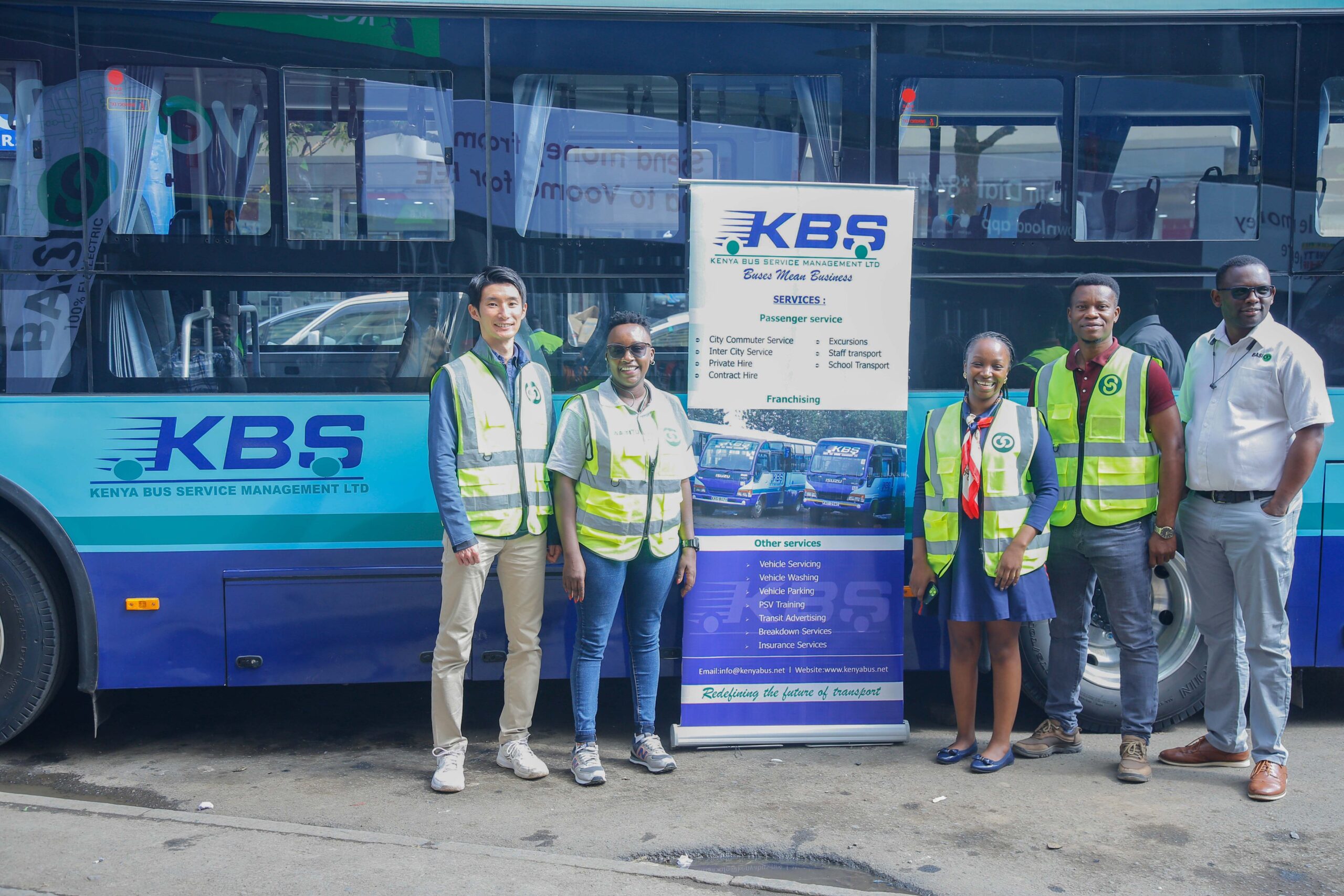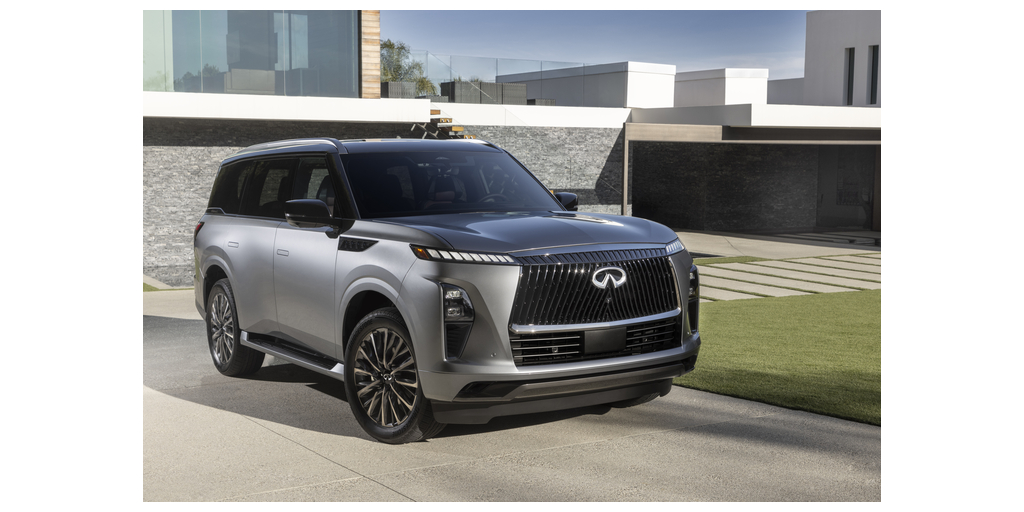Sign up for daily news updates from CleanTechnica on email. Or follow us on Google News!
Landmark Strategy Will Build on New National Electric Vehicle Freight Corridors Designated by the Federal Highway Administration and Advance the President’s Clean Transportation Goal to Decarbonize the Freight Sector to Improve Our Communities, the Environment, and the Economy
WASHINGTON, D.C. — The Biden-Harris Administration today released the National Zero-Emission Freight Corridor Strategy. Developed by the Joint Office of Energy and Transportation and U.S. Department of Energy (DOE), in collaboration with the Department of Transportation (DOT) and the Environmental Protection Agency (EPA), the Strategy will guide the deployment of zero-emission medium- and heavy-duty vehicle (ZE-MHDV) charging and hydrogen fueling infrastructure from 2024 to 2040. The Strategy is designed to meet growing market demands by targeting public investment to amplify private sector momentum, focus utility and regulatory energy planning, align industry activity, and improve air quality in local communities heavily impacted by diesel emissions.
“For over a century, petroleum-fueled freight has transported vital food and resources to American families but at the same time, these vehicles have also contributed to lower public health, especially in densely populated communities,” said U.S. Secretary of Energy Jennifer M. Granholm. “The Biden-Harris Administration is addressing this issue head-on with innovative strategies to transform freight so it not only supports American families and businesses, but also protects the environment for future generations.”
“This is a big move to deliver environmental justice – 75% of heavy truck traffic travels on just 4% of our nation’s roads, jeopardizing the health of our most vulnerable communities,” said President Biden’s National Climate Advisor Ali Zaidi. “President Biden’s historic investments in zero-emission infrastructure on those high-traffic roads and the hubs they connect will rapidly transform freight transport in the U.S. and strengthen American innovation. Through the President’s whole-of-government strategy, this administration is delivering a win-win-win for frontline communities who will benefit from cleaner air, businesses that will save millions on fuel costs, and for our climate.”
“This landmark strategy brings us one step closer to achieving a zero-emission transportation sector that provides clean air for communities, creates market certainty for industries investing in clean technology, and strengthens our supply chains,” said Senator Alex Padilla. “I’m grateful to the Administration for advancing this whole-of-government effort and heeding my calls to launch a national strategy to accelerate the build-out of heavy-duty vehicle infrastructure. This all-hands-on-deck approach from the federal government and industry partners will enable us to realize California’s and the Administration’s zero-emission goals.
Providing ubiquitous and convenient access to electric vehicle (EV) charging and hydrogen refueling along our nation’s freight corridors and at intermodal freight facilities and high-usage ports is key to achieving U.S. goals to promote at least 30 percent ZE-MHDV sales by 2030 and 100 percent sales by 2040. The goal of the Strategy is to align public policy and investments by prioritizing, sequencing, and accelerating infrastructure along the National Highway Freight Network (NHFN) in four phases. A core objective of the Strategy is to meet freight truck and technology markets where they are today, determine where they are likely to develop next, and set an ambitious pathway that mobilizes actions to achieve decarbonization.
In alignment with the Joint Office’s National Zero-Emission Freight Corridor Strategy, the Federal Highway Administration is announcing the designation of National EV Freight Corridors along the National Highway Freight Network and other key roadways. The designations, which are required by the Bipartisan Infrastructure Law (BIL), are a critical part of the Biden-Harris Administration’s strategy for building out a convenient, reliable, and made-in-America national EV charging network that supports individual drivers and commercial needs.
Battery electric and hydrogen fuel cell vehicle technology along with other zero-emission forms of freight transport have considerable potential to save Americans money on consumer goods thanks to reduced fueling and maintenance costs associated with transport, all while delivering significant health benefits for historically disadvantaged populations that suffer the worst impacts of pollution from freight emissions and helping achieve national climate goals.
“The Federal Highway Administration is pleased to announce these new freight EV corridor designations along our national highways,” said Federal Highway Administrator Shailen Bhatt. “Medium- and heavy-duty trucks in our current freight network contribute approximately 23% of greenhouse gas emissions in the U.S. transportation sector. These new designations and Strategy will help to grow our national EV charging network, encourage clean commerce within the freight community, and support President Biden’s goals of achieving net-zero emissions for the nation by 2050.”
Under President Biden’s leadership, the number of publicly available EV chargers nationwide has increased by more than 80% to more than 173,000, and at least 40 U.S.-based facilities to produce EV chargers have been announced or opened. President Biden’s Investing in America agenda has attracted more than $25 billion of investment in the U.S. EV charging network. Today’s freight corridor designations are expected to crowd in even more investment for EV charging, with a particular focus on the needs of medium- and heavy-duty vehicles.
This is an all-of-government approach to aligning investments and accelerating sustainable and scalable deployment of reliable ZE-MHDV infrastructure. Focusing deployment on areas with substantial freight volume starts deployment in areas with the most opportunity to spark further investment. Deployment factors include corridor segment usage by freight volume, port usage by annual freight tonnage, projected ZE-MHDV volumes, disproportionate environmental and air quality burden from MHDV transportation and non-attainment for criteria air pollutants, states with ZEV deployment-enabling policies, and “on the ground” planning through DOE’s commercial ZEV corridor planning grants.
The National Zero-Emission Freight Corridor Strategy will prioritize, sequence, and accelerate infrastructure along key freight corridors and hubs in four phases. The phases include:
- Establish priority hubs based on freight volumes (2024-2027)
- Connect hubs along critical freight corridors (2027-2030)
- Expand corridor connections initiating network development (2030-2035)
- Achieve national network by linking regional corridors for ubiquitous access (2035-2040)
See the National Zero-Emission Freight Corridor Strategy for additional maps and detail.
Have a tip for CleanTechnica? Want to advertise? Want to suggest a guest for our CleanTech Talk podcast? Contact us here.
Latest CleanTechnica TV Video
CleanTechnica uses affiliate links. See our policy here.





.jpg)